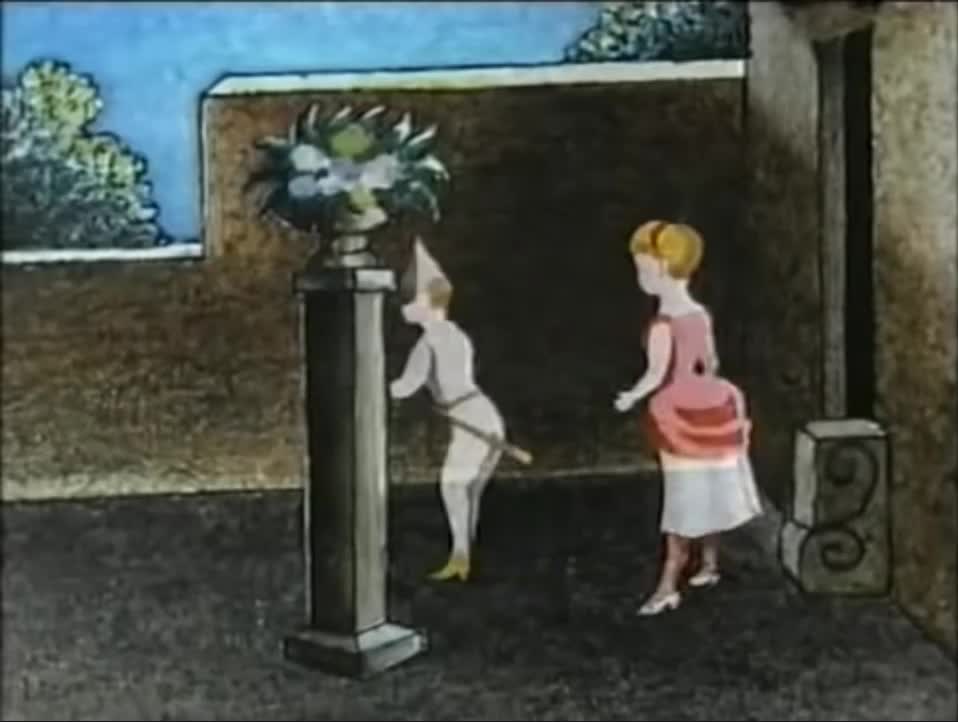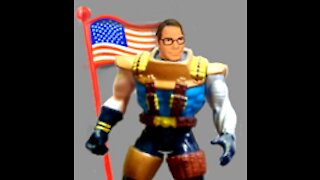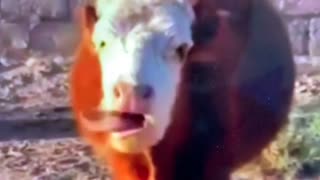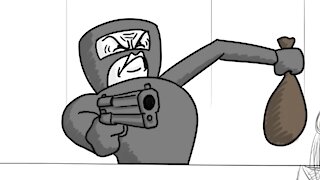Premium Only Content

Pantomimes Lumineuses c.1892 : The very first animated cartoon
Before the Lumière brothers’ cinematograph, one of the earliest movie cameras, there was a filmic evolutionary link that now feels all but forgotten. Starting in 1892, three years before the Lumières first exhibited their motion pictures, French inventor Charles-Émile Reynaud presented his animations for audiences at the Musée Grévin in Paris. His Théâtre Optique (or “optical theater”) system was a rough precursor of the technology that would come to define both animation and film projection. The films were made of hundreds of individually illustrated cells connected via strips that were perforated with sprocket holes — a first in film history — and wound around spools, which could be run rapidly before a magic lantern, projecting a moving image for an audience.
Reynaud’s show, Pantomimes Lumineuses, consisted of sets of shorts that he had drawn. The premiere lineup featured “Un Bon Bock” (A Good Beer), about a tavern boy swiping beers from unsuspecting patrons of a country bar, “Le Clown et Ses Chiens” (The Clown and His Dogs), about a clown directing his three dogs through their tricks, and “Pauvre Pierrot” (Poor Pierrot), a riff on the familiar Pierrot, Harlequin, and Columbine characters from the commedia dell’arte. These animated performances were not fully premade stories that Reynaud simply played for his audiences; manually operating the Théâtre Optique, he could play each short at variable speeds and repeat certain moments. He could react to how patrons responded to the shows, having a character perform an encore of a winning gag or trick.
Sadly, Reynaud was not just a cinema pioneer but also an early victim of the exploitation that would rapidly infect that business. He worked for the Musée Grévin under a stunningly unfair contract. Despite the giant success of Pantomimes Lumineuses, he saw little of the profits and eventually went broke. In despair, he destroyed the Théâtre Optique and tossed most of his films into the Seine. Today, only parts of “Pauvre Pierrot” and 1894’s Autour d’une Cabine (Around a Cabin) survive as testaments to his magic.
https://www.vulture.com/article/most-influential-best-scenes-animation-history.html
-
 37:52
37:52
drawandstrike
4 years ago $0.16 earnedBrian Cates' @drawandstrike very first ever livestream!
8832 -
 40:37
40:37
AgeIsJustANumber
3 years agoPat MCGrath for the very first time
561 -
 0:16
0:16
covidcattle
4 years ago $0.03 earnedCovid the Cow's very first video!
259 -
 0:19
0:19
RockyW36
4 years agoThe boys very first pit party
39 -
 0:19
0:19
paddyjmurphy
3 years ago $110.91 earnedAdorable Puppy Sees Snow For The Very First Time
5.1K45 -
 0:29
0:29
Bruce_and_Beefcake
4 years ago $15.07 earnedPlayful Puppy Thrilled For His First Very First Snow Experience
5.65K10 -
 1:10
1:10
SoraNgin
3 years agoThe Heist - Animated Short
1334 -
 5:27
5:27
2Brokemice
3 years agoMy very first Vera Bradley bag. Mickey Sweet Treats
53 -
 0:55
0:55
Just the News
4 years agoDisney animated children's program reportedly to showcase first bisexual lead character
19K -
 LIVE
LIVE
Sm0k3m
7 hours agoNew Years Eve | Good bye 2024
124 watching